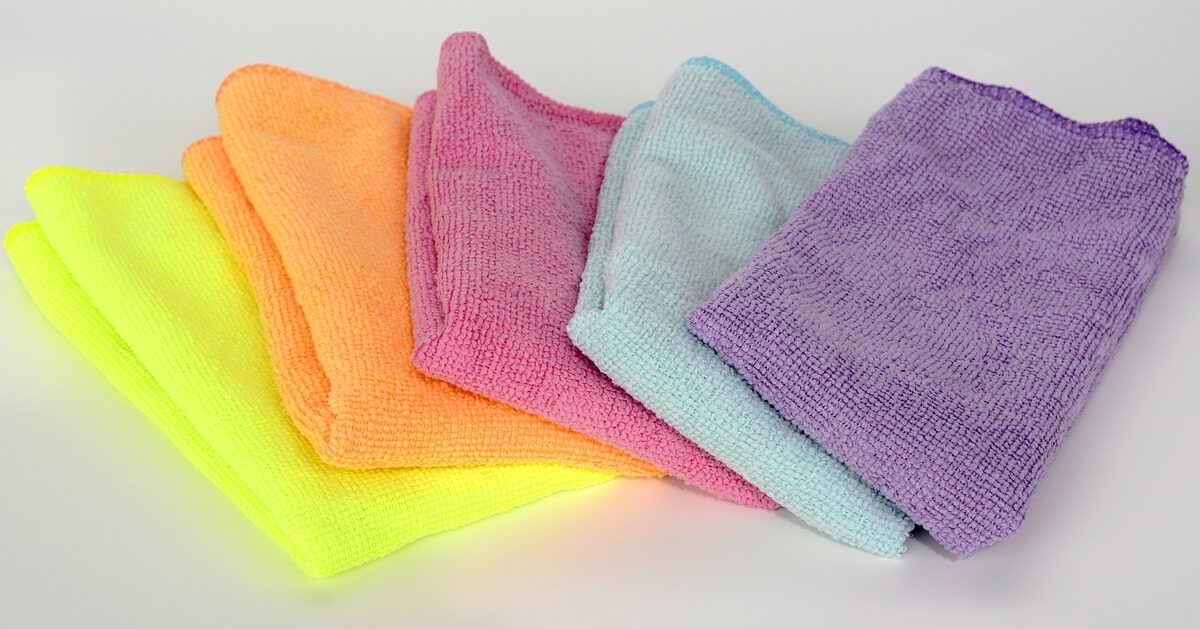
How To Dispose Of Oily Rags The Safe Way 🛢️
How To Dispose Of Oily Rags The Safe Way 🛢️: In this blog, we want to talk about an essential topic in waste disposal: disposing of rags or absorbents that contain oil. Of course, we need to dispose of these safely for our own good, as well as those that surround us. How dangerous is not disposing of oily rags safely? Continue reading this blog to learn the answers.
As early as possible, adults teach children the dangers of fire. I, for one, remember being educated about fires from as early as 4 or 5 years old. My parents would make me avoid certain stuff by ‘baby-proofing’ them. As I grew older, I learned more about the dangers of accidentally starting a fire through reading and watching the news. In addition, even browsing the internet has led me to news about fires ravaging homes and forests.
Unfortunately, one small mistake could cost you your home or even your life – that is just how it is, so measures are always being updated and reminded to everyone so nobody has to suffer the consequences of fire.
In waste management, knowing how to properly dispose of waste can really mean life and death. Improperly disposing of waste can lead to disaster, so you always have to stay alert and ready to dispose of it the correct way.
Oily rags are usually the culprits of spontaneous combustion fires that we have to look out for. Below, we cover how you can safely dispose of oily rags.
Waster has recycling solutions available for small and medium Aussie businesses
Before we take you further into the discussion and determine how you can safely dispose of oily rags, we want to share Waster with you.
Who is Waster? Why do plenty consider it as one of the best waste and recycling companies in Australia?
>Download Now: Free PDF Business Owners’ Guide To Grease Trap Cleaning Services
Simply put, Waster provides you with innovative solutions for your and your business’s waste management and recycling needs. In addition to that, we provide flexible, 30-day contracts instead of the typical lock-in contracts, which proves a better choice nowadays.
Click on the blue button below to learn more.

READ: Are Rubber Bands Recyclable? ♻️ Let’s Find Out!
Dispose of oily rags this way
Small spills of different types of oils and other similar liquid hydrocarbons from different industries and domestic set ups alike will occur from time to time. Sand and sawdust, along with other examples, were used to soak up spilled oil. But now, different, innovative absorbents such as rags are now being developed. These specialised products provide a greater absorption capacity than those mentioned before.
However, as useful as they are, when reaching the absorption capacity, they have to be stored carefully before finally disposing of them.
As mentioned above, one of the most common types of starters of fires spontaneously are those that are caused by the improper way of disposing of oil-stained or soaked rags. Examples of oily rags you need to safely handle and dispose of includes the following: oil-based paints and stains, teak and linseed oils, varnishes and polyurethane, paint thinners and some other similar products.
How does spontaneous combustion fires occur?
Ever wondered about the science of oily rags suddenly lighting up and catching fire? We will cover in this section.
Spontaneous combustion fires from oily occurs when the rag or cloth soaked in oil catches heat up to its ignition point, mainly due to what we call oxidation (i.e., the process of a chemical substance changing due to it coming in contacting and adding oxygen to its composition).
As a result, the oily rag will begin to release heat the more it oxidises until it burns, therefore causing dangers that can potentially threaten life and its surroundings. In other words, the temperature will keep on rising if the heat from oily rags has no way to escape. It will eventually reach a temperature level high enough to ignite the oil, which will also ignite the rag or cloth soaked in oil.
This fire can spread quickly and will be difficult to stop once other combustibles around it lights up as well. Your home and property will be greatly damaged. Properties positioned next to you also have a chance of catching fire.
You really have to safely dispose of your oily rags so nobody has to go through that gruesome situation.
Now, how do you dispose of oily rags safely?
We have finally reached the part of the blog wherein you, our reader, learn how to safely dispose of oily rags before calling professional waste handlers.
To give you an example of what to do, we look at some guidelines found here in Australia. According to the South Australian Government, their guidelines state the following:
When the liquid spilled and absorbed is light-to-medium grade hydrocarbons, small quantities of used absorbent
material—less than 0.1 m3
or 100 kg—may be disposed of as solid waste at a waste depot.
However, if:
the quantity of used absorbent material exceeds 0.1 m3
or 100 kg, or
the liquid absorbed is other than light-to-medium grade hydrocarbons, or
the liquid includes ‘Listed Waste’ as set out in Schedule 1 Part B of the Act,
the used absorbent material should be directed to a licensed waste depot for appropriate treatment and/or disposal
Now, some great tips to do before safely disposing of your oily rags:
To prevent sudden fires from happening at your home or other areas you currently stand on, make sure you to properly manage your area with good housekeeping. Store your oily rags in empty metal containers with water. Moreover, seal it shut – and we mean SHUT – with a tight metal lid. Why should you seal it tightly, you ask?
Of course, this is to prevent oxidation from ever happening, which can lead to eventual combustion.
After all of this, you can now call in your preferred waste management team to come and safely collect, transport, decontaminate and finally dispose of oily rags and other types of absorbents.
Contact Waster right now for your waste and recycling needs!
Does your Australian-based business need waste and recycling services? If so, then you have come to the right web page!
Please call 1300 WASTER (1300 927 837). You can also email us at enquiries@waster.com.au if you have any further questions. Find the best deals in terms of waste and recycling pricing and services!
1 Comment
Leave a Reply Cancel reply

Product categories
Most Popular Posts
-
Commercial Waste Management Services: Reduce Waste Collection Costs! 🚍
-
Medical Waste Disposal: Everything You Need To Find Out In 2024! 💉
-
Rubbish Removal Sydney 2024: Better Bin Collections For Business ✅
-
Clinical Waste Disposal 2024: What To Know About Business Clinical Waste ⚕️
-
Secure Document Destruction 2024: All About Security Bins Shredding 🔒
-
Free Cardboard Recycling 2024: Can I Get Free Cardboard Collection? 📦
-
Confidential Paper Disposal Bins 2024: What You Need To Know About Shredding! 🔒
-
Recycling Bins Australia 2024: Recycling Can Boost Your Profits! ♲
-
Commercial Wheelie Bin Collection: What Businesses Need To Know In 2024 🗑️
-
Commingled Recycling 2024: Why Commingled Bin Is Key To Recycling 🍾




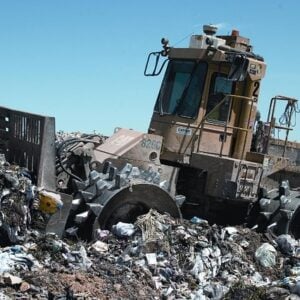
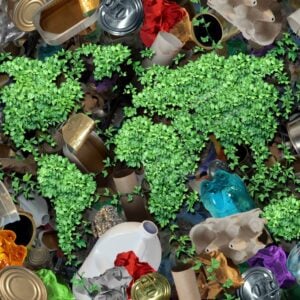

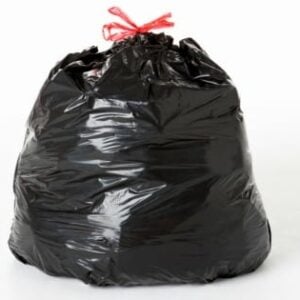

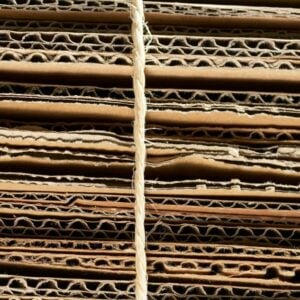
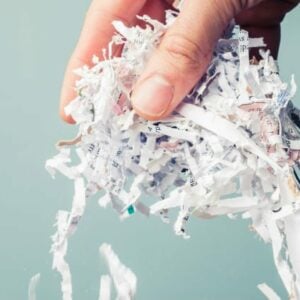



quote to dispose of oily rags and containers